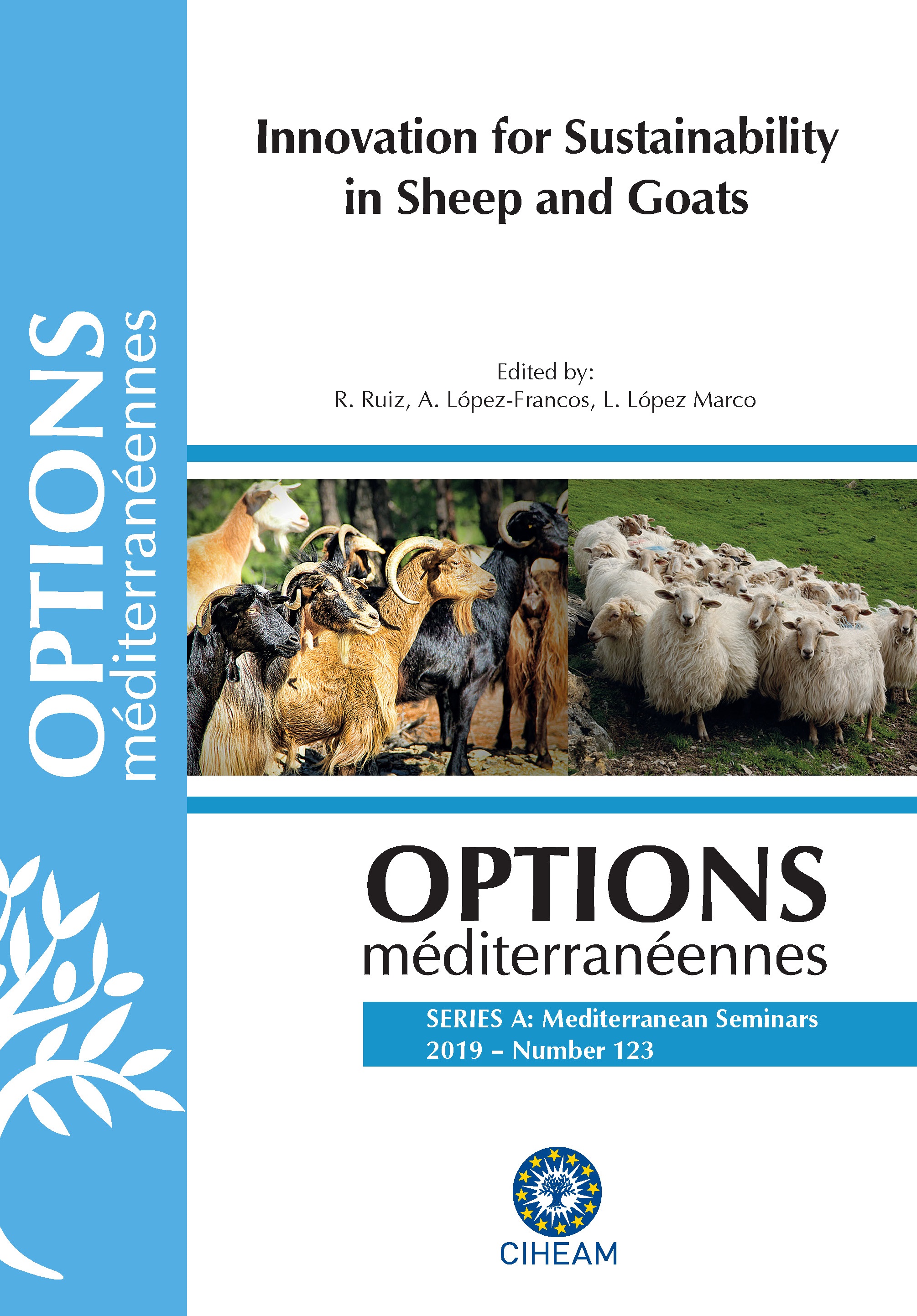| Article précédent | p. 287-291 | Article suivant |
Chaines de valeur caprines en Algérie. Propositions pour s’adapter aux mutations en vue d’un développement durable
L’élevage caprin en Algérie connaît des mutations profondes ; Il passe progressivement d’un élevage extensif à un élevage orienté au marché afin de s’adapter au nouveau contexte caractérisé par une demande soutenue sur la viande et le lait caprins. Notre étude tente de mettre en évidence la dynamique évolutive des stratégies des acteurs de la filière afin d’identifier les dysfonctionnements et y remédier pour un développement durable. Notre étude montre que l’évolution du contexte socioéconomique du pays (amélioration du pouvoir d’achat, mondialisation des habitudes alimentaires, etc.) a stimulé la demande sur les produits caprins primaires (lait et viande) ou transformés (fromage), pour leur qualité diététique, nutritionnelle et organoleptique. Cette demande est traduite par une augmentation des prix et les acteurs tentent de s’adapter pour saisir cette opportunité. Le système d’élevage se caractérise par le changement de ses pratiques de production, tendant à être plus spécialisé. On assiste également à l’apparition de nouveaux éleveurs laitiers et engraisseurs à la recherche de profit. En parallèle, on note un développement relatif de l’industrie fromagère dans certaines régions. Cependant, malgré ces tentatives, le secteur souffre d’une multitude de contraintes, naturelles, techniques, organisationnelles et économiques affectant un ou plusieurs de ses maillons et acteurs. Notre étude propose des solutions innovantes pour accompagner ces changements; faire appel aux nouvelles approches de l’utilisation des ressources pastorales, produire de nouvelles connaissances sur la génétique de la chèvre locale et la réorganisation du secteur en mettant l’accent sur la cohérence entre acteurs et maillons des filières.
Goat farming in Algeria is undergoing profound changes; it is gradually shifting from pastoral low input to economic livestock farming in order to adapt to a new context, characterized by a high demand of goat’s meat and milk. Our study tries to highlight the evolutionary dynamics of this breeding and the adaptation strategies of the supply chain actors in order to identify dysfunctions and to propose alternatives to ensure sustainable development. Our study shows that the changing socioeconomic context of the country (urbanization, improvement of purchasing power, standardization and emergence of new food habits) has boosted the demand of primary (milk and meat) and processed (cheese) goat products, for their real and supposed dietetic, nutritious and organoleptic qualities. This high demand has led to an increase in products prices, and chain stakeholders try to catch this opportunity. Breeding systems are changing toward a more market oriented system, and new dairy farmers and fatteners are organizing their production systems to own more profit. There is also a starting of a development process of a goat cheese industry in several regions. However, the sector is still suffering from a multitude of natural, technical, organizational and economic constraints affecting one or several stakeholders and chain segments. To accompany these changes, our study propounds innovative solutions: use of new approaches to utilize food resources, produce new knowledge on local goat genetics, and reorganizing the sector, with the emphasis on making more organized and coherent the relationship among the stakeholders and value chain segments.
- [ Afficher ]
- [ Télécharger ]
- [ Exporter la citation ]
Vous pouvez télécharger la citation au format :
- [ Imprimer ]
-
Mots-clés
ALGERIE, CHEVRE, FILIERE, INNOVATIONCiter cet article
Sahraoui H., Mamine F., Madani T. Chaines de valeur caprines en Algérie. Propositions pour s’adapter aux mutations en vue d’un développement durable. In : Ruiz R. (ed.), López-Francos A. (ed.), López Marco L. (ed.). Innovation for sustainability in sheep and goats. Zaragoza : CIHEAM, 2019. p. 287-291. (Options Méditerranéennes : Série A. Séminaires Méditerranéens; n. 123). 2. Joint Seminar of the Subnetworks on Nutrition and on Production Systems of the FAO-CIHEAM Network for Research and Development in Sheep and Goats, 2017/10/03-05, Vitoria-Gasteiz (Spain). http://om.ciheam.org/om/pdf/a123/00007900.pdf



